David M. Larson and Susan L. Carlson
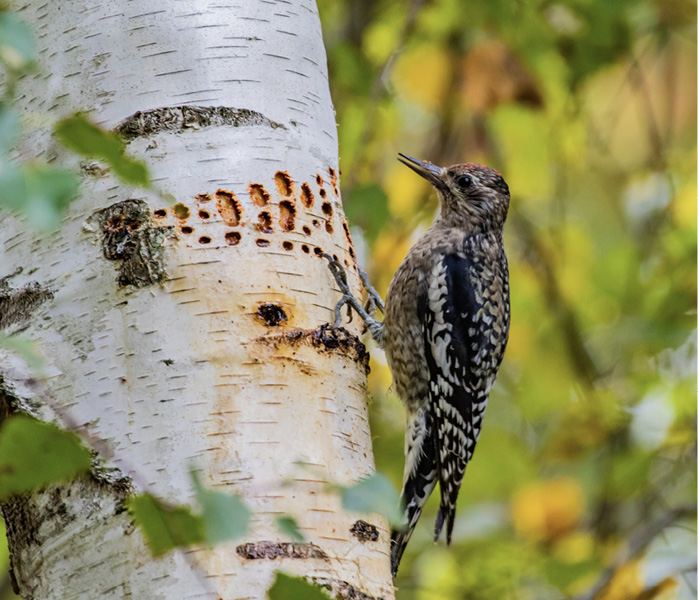
Figure 1. Immature Yellow-bellied Sapsucker excavates and drinks from wells. Photographs by David Larson.
In October 2018, we observed an immature Yellow-bellied Sapsucker (Sphyrapicus varius) excavating and drinking from wells in a gray birch (Betula populifolia) next to the boardwalk on the Hellcat Interpretative Trail at the Parker River National Wildlife Refuge, Rowley, Massachusetts (Figure 1). We observed this bird for a half hour and watched it defend its sap wells against the intrusion of another immature sapsucker. On that day, we also noticed a Black-throated Blue Warbler (Setophaga caerulescens) and at least one Red-breasted Nuthatch (Sitta canadensis) in the general area.
When we arrived at the location on the next day, the sapsucker was not present. In succession, a female Black-throated Blue Warbler, a Red-breasted Nuthatch, and a male Black-throated Blue Warbler (Figure 2) visited the obvious sapsucker wells, probing the wells and apparently consuming sap. After ten minutes or so, a sapsucker appeared, worked the wells, and remained during the rest of our visit. We saw the sapsucker make sallies to chase off the male warbler and a Black-capped Chickadee (Poecile atricapillus) who got a bit too close. The male warbler then visited a nearby birch, and we noted that there were new sapsucker holes in that tree as well. Perhaps the lure of the wells overcame any reticence of the warbler to a close approach to humans.
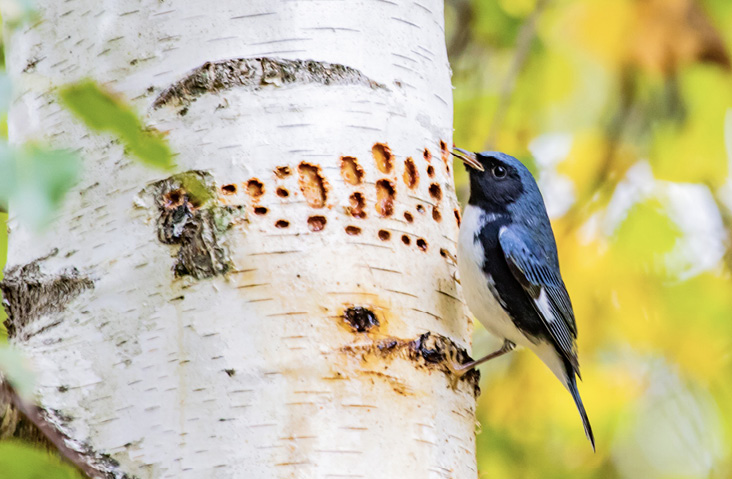
Figure 2. Black-throated Blue Warbler at sapsucker wells.
A week later, we visited the same location. The wells were significantly larger and being visited by a Yellow-rumped Warbler (Setophaga coronata, Figure 3). Shortly after we arrived, an immature sapsucker arrived to feed. After a few minutes, an adult Yellow-bellied Sapsucker displaced the immature bird and fed (Figure 4). As we walked on other parts of the trail, we noticed fresh sapsucker wells on several other birches, with additional species in attendance—Red-bellied Woodpecker (Melanerpes carolinus) and Ruby-crowned Kinglet (Regulus calendula, Figure 5). Certainly, in 2018 we saw more sapsuckers than usual, and other species seemed to be taking advantage. In all cases, the intruders were partaking of sap, not insects, as far as we were able to discern.
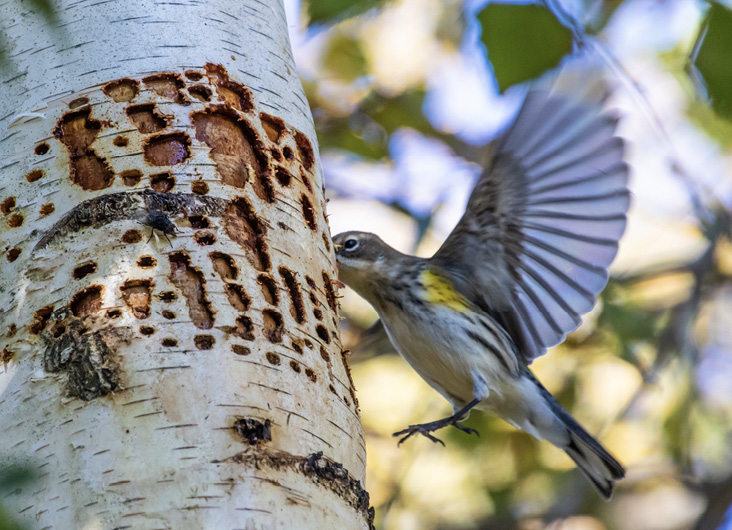
Figure 3. Yellow-rumped Warbler visits enlarged sapsucker wells.
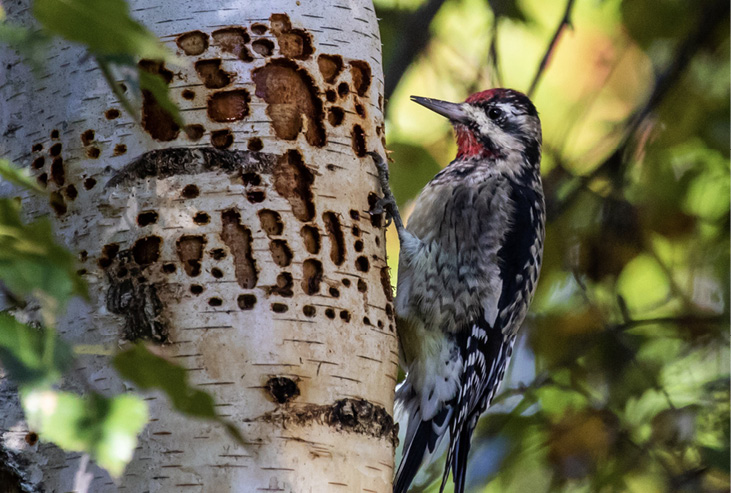
Figure 4. Adult Yellow-bellied Sapsucker at the wells.
When the reconstructed Hellcat boardwalk opened in the fall of 2020, there was a stir in the local birding community over a Cape May Warbler (Setophaga tigrina) that was frequenting sapsucker wells in that same area at Hellcat. Cape Mays are a great example of a species that breeds in the breeding range of Yellow-bellied Sapsuckers and may be well acquainted with using this food source during the summer months. In contrast, it may be that Red-bellied Woodpeckers, well known to take sap from sapsucker wells as a minor diet item (Miller et al. 2020), are exhibiting a learned behavior that reflects the non-breeding season sympatry of these two woodpeckers.
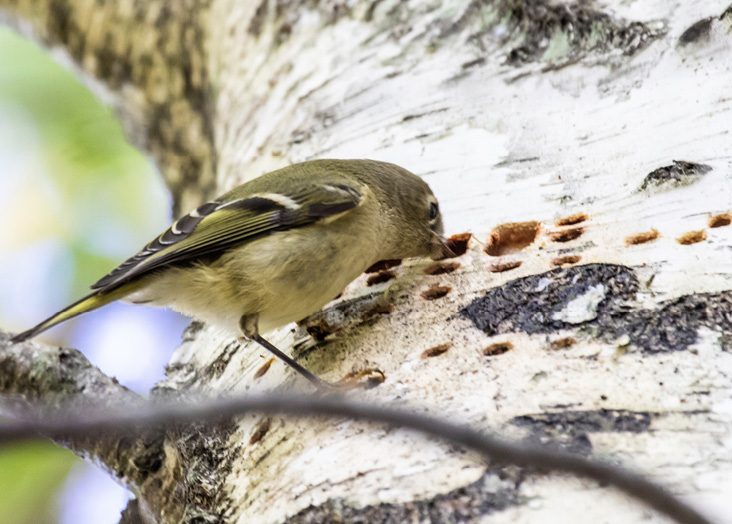
Figure 5. Ruby-crowned Kinglet drinks from a sapsucker well.
There are many reports of other species making use of sapsucker workings, supplementing their diet with sap or with insects attracted to the sap (Walters et al. 2020). These authors note a close association between Ruby-throated Hummingbirds (Archilochus colubris) and sapsuckers. In his chapter on Yellow-bellied Sapsucker, Kilham (1983) notes the use of sapsucker wells by “paper wasps, Ruby-throated Hummingbirds, Black-throated Blue Warblers, Downy Woodpeckers, and chipmunks.” Clearly, sapsucker wells are an important food source in their communities.
References
- Kilham, L. 1983. Life History Studies of Woodpeckers of Eastern North America. Cambridge, MA: Nuttall Ornithological Club.
- Miller, K. E., D. L. Leonard Jr., C. E. Shackelford, R. E. Brown, and R. N. Conner. 2020. Red-bellied Woodpecker (Melanerpes carolinus), version 1.0. In Birds of the World (P. G. Rodewald, Editor). Cornell Lab of Ornithology, Ithaca, NY, USA. https://doi.org/10.2173/bow.rebwoo.01 (accessed 13 November 2020).
- Walters, E. L., E. H. Miller, and P. E. Lowther. 2020. Yellow-bellied Sapsucker (Sphyrapicus varius), version 1.0. In Birds of the World (A. F. Poole and F. B. Gill, Editors). Cornell Lab of Ornithology, Ithaca, NY, USA. https://doi.org/10.2173/bow.yebsap.01 (accessed 13 November 2020).